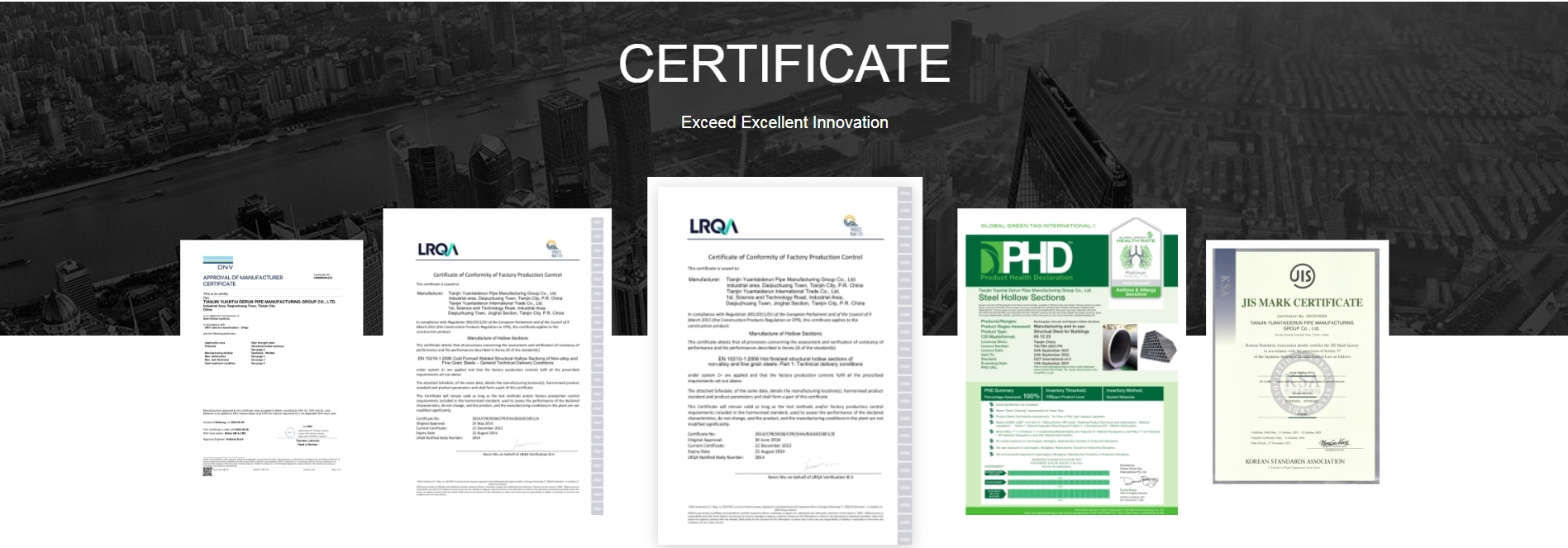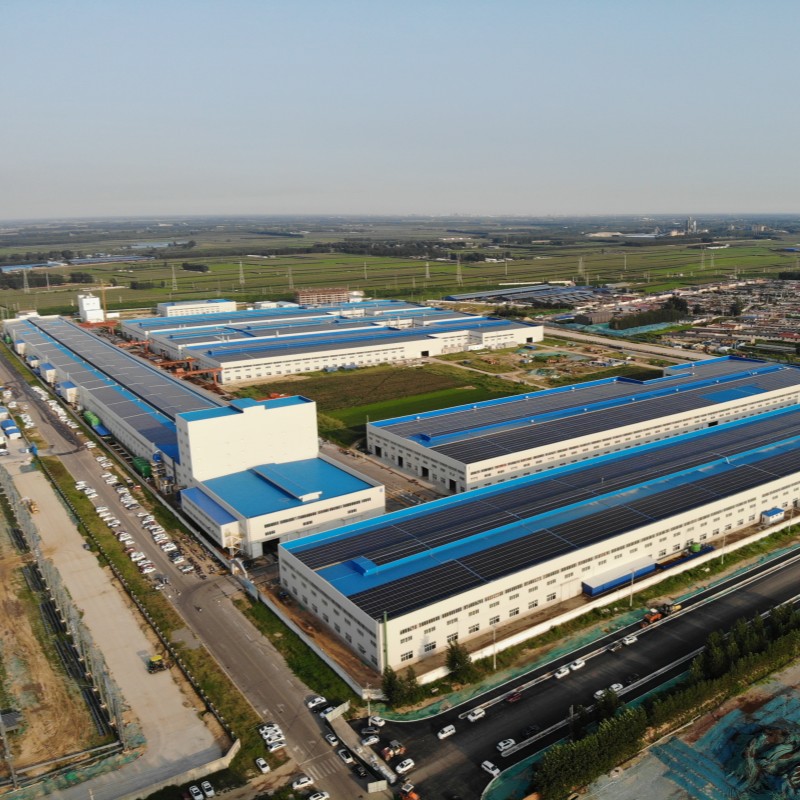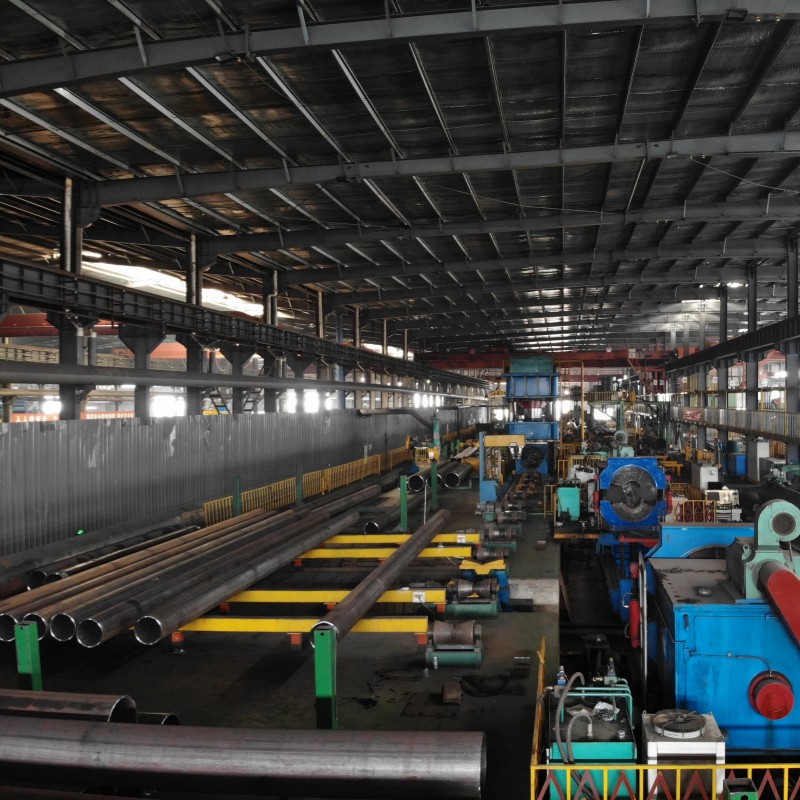
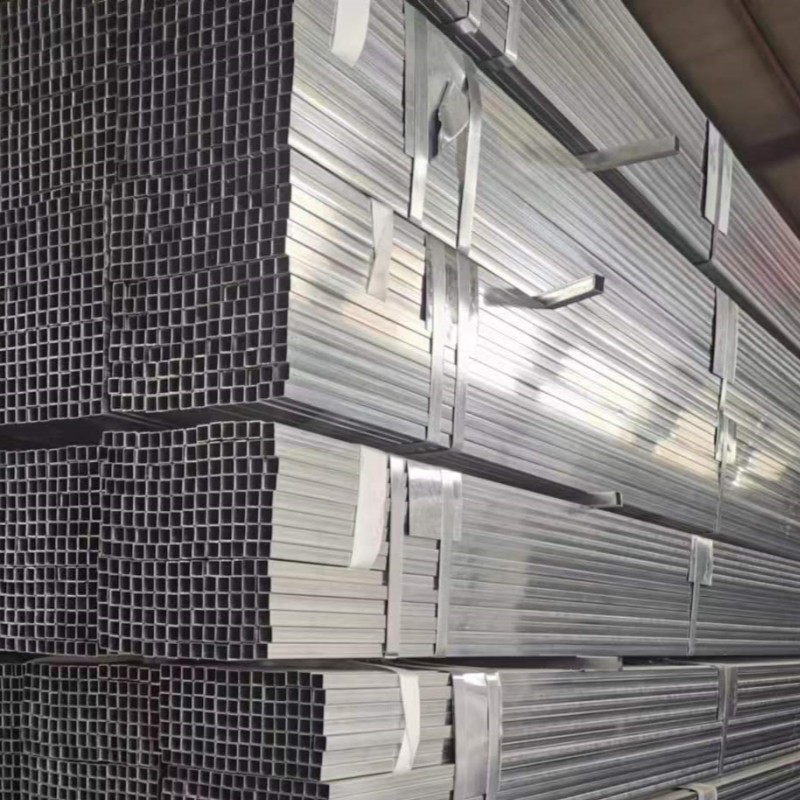
Outer Diameter: Square 10*10-1000*1000mm
Rectangular:10*15-800*1100mm
Round:10.3mm-609mm
Thickness: 0.5-60mm
Length: 3-12m according to client requirement
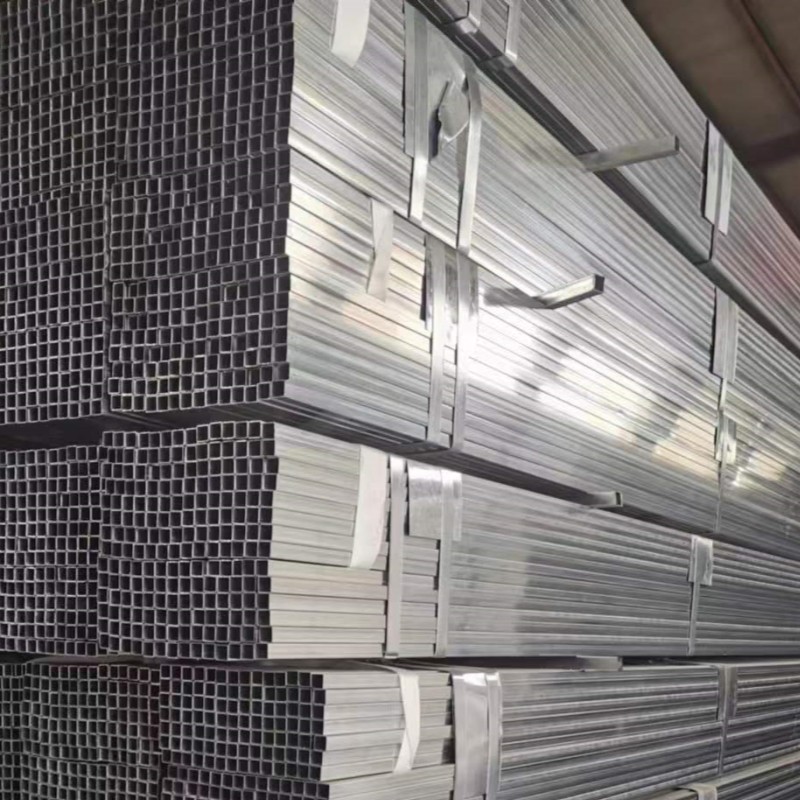
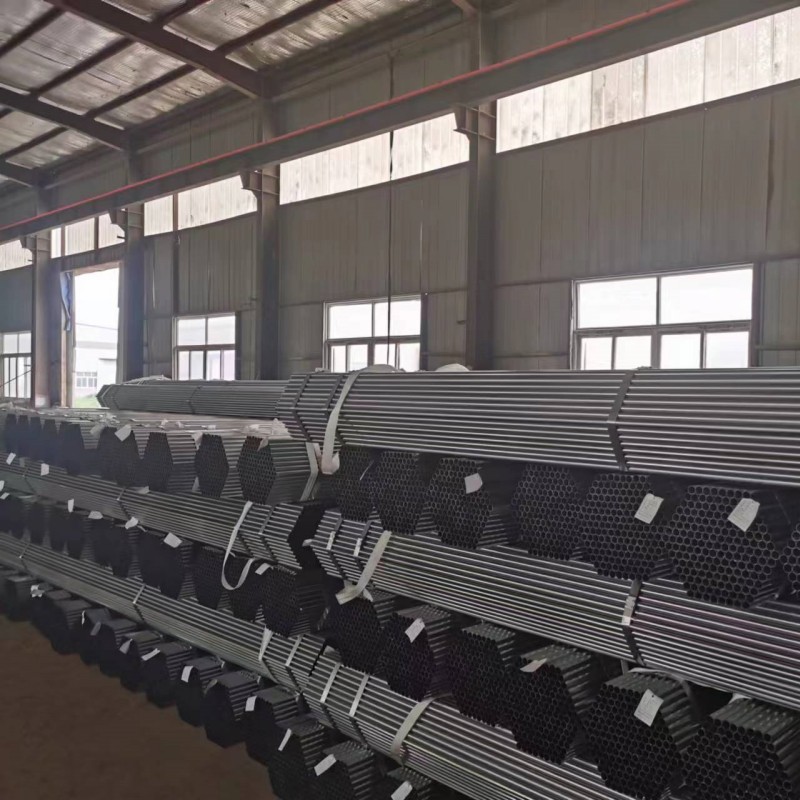
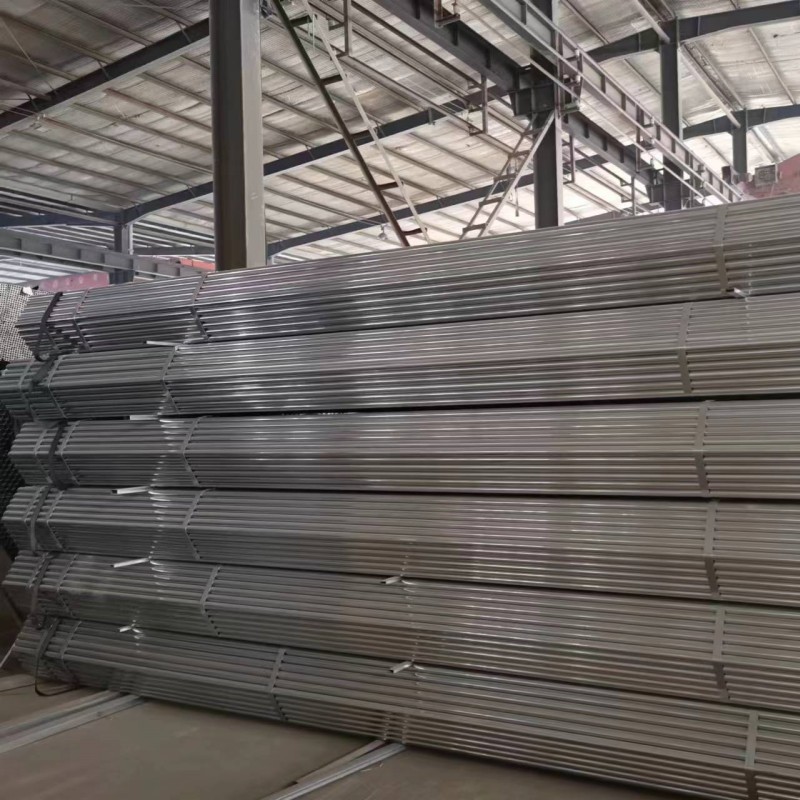
What is the identification method of hot-dip galvanized pipe? The difference between hot-dip galvanized pipe and cold-dip galvanized pipe
Hot-dip galvanized pipes are widely used due to their excellent corrosion resistance and long service life. However, hot-dip galvanized pipes of different qualities have emerged. How to identify their quality has become a major challenge for users and buyers. This article will start from the basic concepts of hot-dip galvanized pipes and discuss in depth their identification methods to help everyone better understand and choose high-quality hot-dip galvanized pipes.
1. Basic concepts of hot-dip galvanized pipes
(1) Definition
Hot-dip galvanized pipe refers to a steel pipe treated through the hot-dip galvanizing process, with a layer of zinc on its surface. This process is mainly to improve the corrosion resistance of the steel pipe and extend its service life. During the hot-dip galvanizing process, the cleaned steel pipe is completely immersed in the molten zinc liquid to form a zinc layer on the surface to achieve corrosion resistance.
(2)Application fields
Hot-dip galvanized pipes are widely used in construction, machinery, coal mines, the chemical industry, electric power, rail vehicles, the automobile industry, highways, bridges, containers, sports facilities, agricultural machinery, petroleum machinery, exploration machinery, and other fields.
2. How to identify hot-dip galvanized pipes
(1) Observe the appearance
Uniformity of zinc layer: The zinc layer on the surface of high-quality hot-dip galvanized pipes should be uniform and free of dripping missing plating, or excessive galvanizing. A uniform zinc layer can effectively prevent local corrosion and extend the service life of pipes.
Surface finish: The surface of high-quality hot-dip galvanized pipes should be smooth, and free of zinc scars, scratches, and other physical damage. Surface finish not only affects the appearance of the pipe but is also directly related to its corrosion resistance.
(2) Check the thickness of the zinc layer
The thickness of the zinc layer is one of the important factors affecting the corrosion resistance of hot-dip galvanized pipes. Usually, the thickness of the zinc layer can be detected by a magnetic thickness gauge. According to national standards, hot-dip galvanized pipes of different specifications and uses have corresponding zinc layer thickness requirements. Users should choose the appropriate zinc layer thickness standard based on specific needs.
(3) Chemical composition analysis
In addition to zinc, a small number of elements such as aluminum (Al), chromium (Cr), copper (Cu), etc. will be added to the zinc layer of high-quality hot-dip galvanized pipes to improve the physical and chemical properties of the coating. Through chemical composition analysis, it can be judged whether the composition of the galvanized layer meets relevant standards.
(4) Salt spray test
The salt spray test is one of the effective methods to test the corrosion resistance of hot-dip galvanized pipes. Place the sample in an environment containing a certain concentration of salt water, and observe the corrosion on the surface of the sample after a certain period. After a long-term salt spray test, the surface of high-quality hot-dip galvanized pipes should have no obvious signs of corrosion.
(5) Consulting manufacturers and certification inquiries
When choosing hot-dip galvanized pipes, understanding the manufacturer's production qualifications, production processes, and whether the product has passed national or international certification standards is also one of the important ways to identify product quality.
3. The difference between hot-dip galvanized pipe and cold-dip galvanized pipe
(1) Production process
Hot-dip galvanized pipe: Galvanizing is achieved by immersing the steel pipe in a furnace with dissolved zinc. The zinc reacts with the steel at high temperatures to form a zinc-iron alloy layer, and then a pure zinc layer is formed on the surface to achieve galvanizing. This process is usually carried out at around 400°C.
Cold galvanized pipe: Also known as electro-galvanized, the surface of the steel pipe is coated with a layer of zinc through electrolysis. This process takes place at room temperature, no zinc-iron alloy layer is formed, and the coating is mainly pure zinc.
(2) Coating performance
Hot-dip galvanized pipe: The coating is thicker, generally above 35 microns. The coating is closely combined with the surface of the steel pipe, the coating is uniform, the adhesion is strong, and the corrosion resistance is good. The zinc-iron alloy layer makes the bonding between the coating and the steel pipe matrix stronger and has good wear resistance.
Cold galvanized pipe: The coating is thin, generally between 5-15 microns. The coating has weak adhesion, relatively poor corrosion resistance, and is easily damaged by the external environment.
(3)Application fields
Hot-dip galvanized pipe: Because of its good corrosion resistance and wear resistance, it is widely used in construction, machinery, coal, chemical industry, electric power, railway vehicles, automobile industry, and other fields. Especially suitable for outdoor environments, humid areas, and highly corrosive environments.
Cold-dip galvanized pipe: Due to its thin coating and weak corrosion resistance, it is mostly used in interior decoration, manufacturing electrical appliances, and light industrial products, and is suitable for dry environments.
Our factory:
